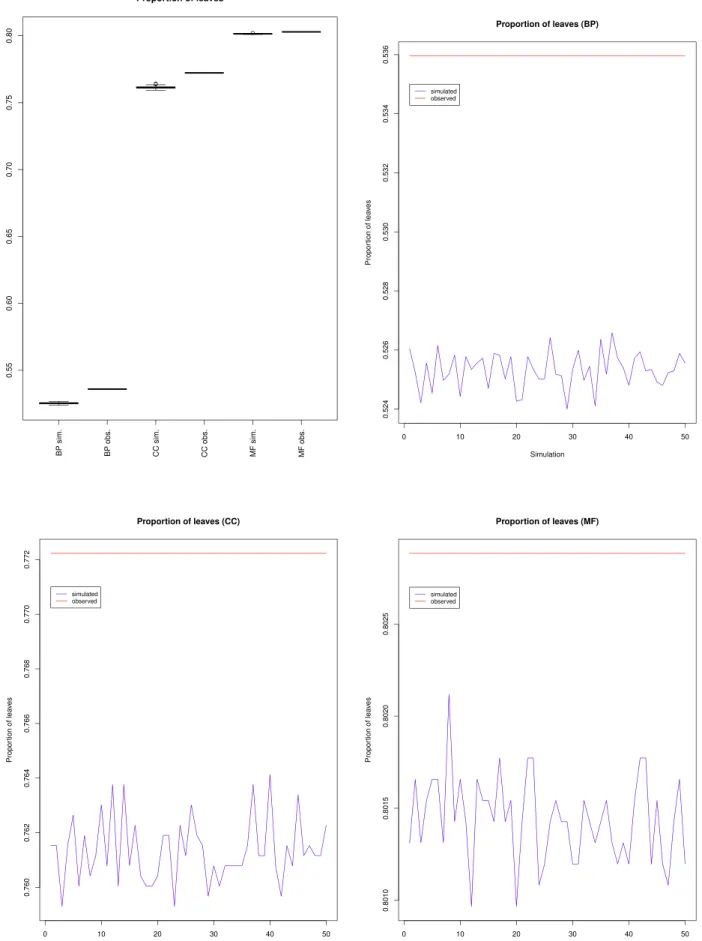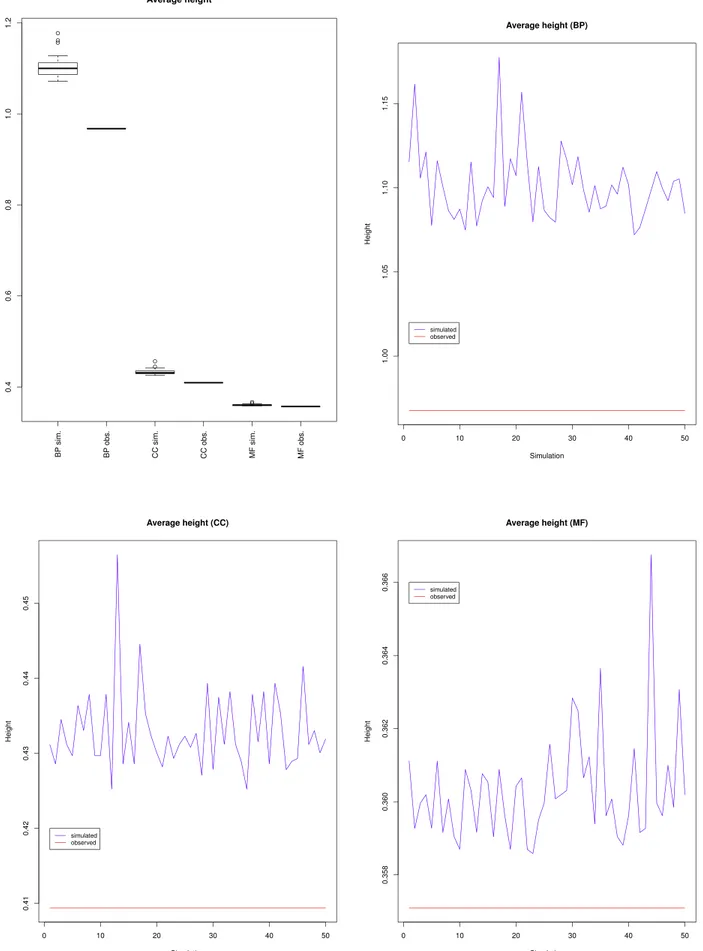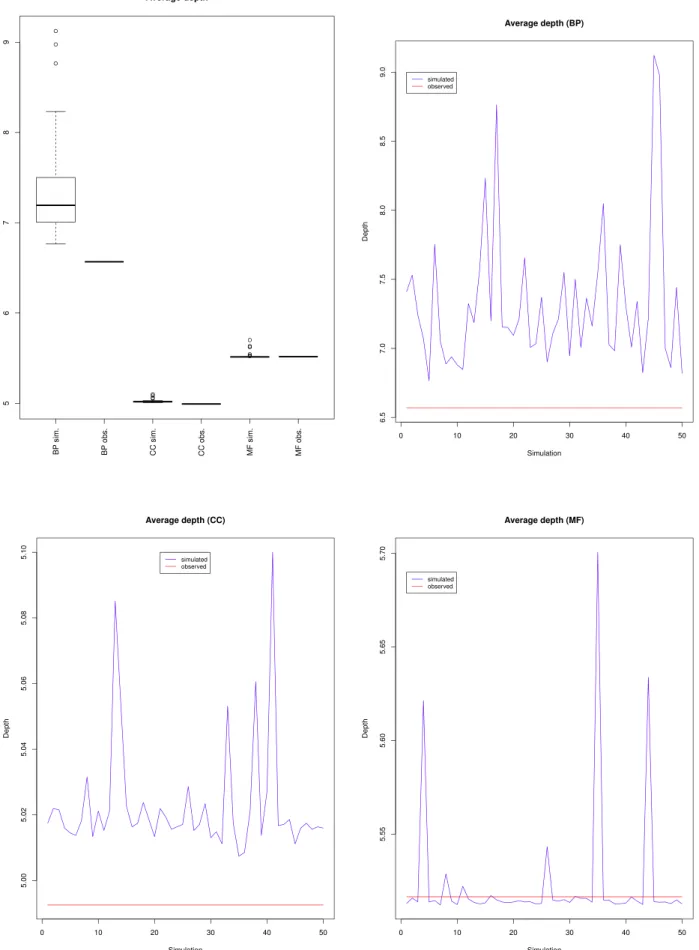Measuring the evolution of ontology complexity: the gene ontology case study
Texte intégral
Figure

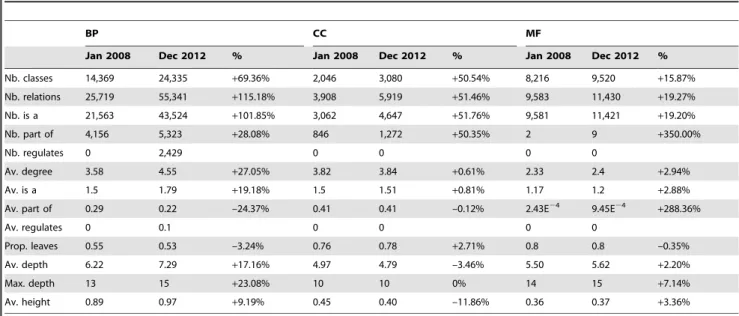

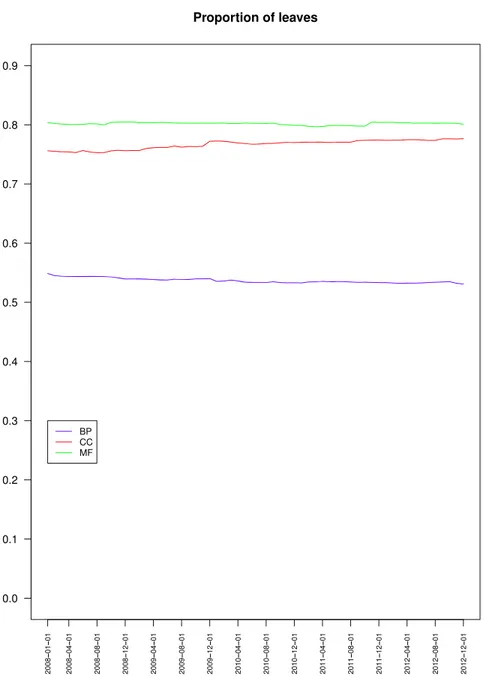
Documents relatifs
The university may establish the structures for an educative practicum, and faculty advisors might work to shift their focus from evaluating to educating, but all these efforts
While the relation ‘is quality measurement of’ cannot be used to connect cognitive functioning assay scores to the cognitive functions they provide information for, we
[r]
Pattern 1 occurs when the statement to assess includes a concept being a subClassOf a concept occurring in both the context and the ontology (see the example in Figure 4, where
the provided reference implementation the OPPL instructions provider is a flat file parser (by convention, files with the suffix .oppl are used), but it would be simple to program
Knuth [5] shows ( n 5/3 ) for the average-case of p = 2 passes and Yao [14] derives an expression for the average case for p = 3 that does not give a direct bound but was used by
The complexity of the task, which is determined by the student's preparedness scale at the level of probability of the correct answer P ( ) 0. So the complexity of
The semantic annotation of geographical knowledge allows to highlight that the the perception of the space that ancient populations had in their minds is a type of



